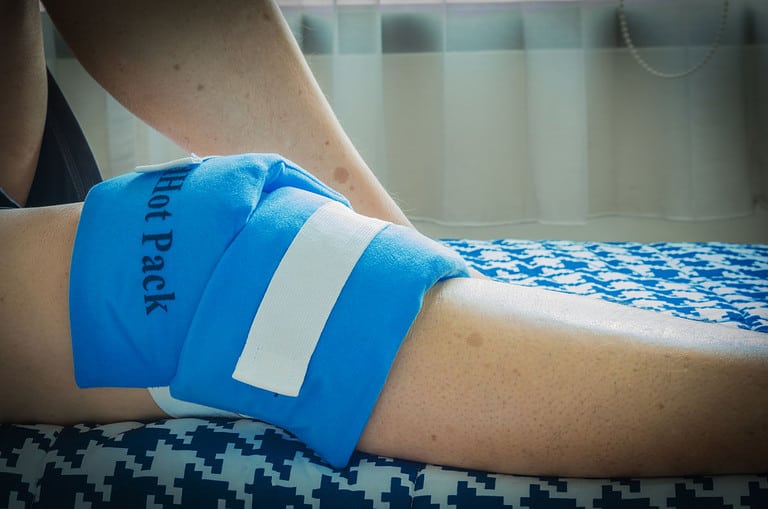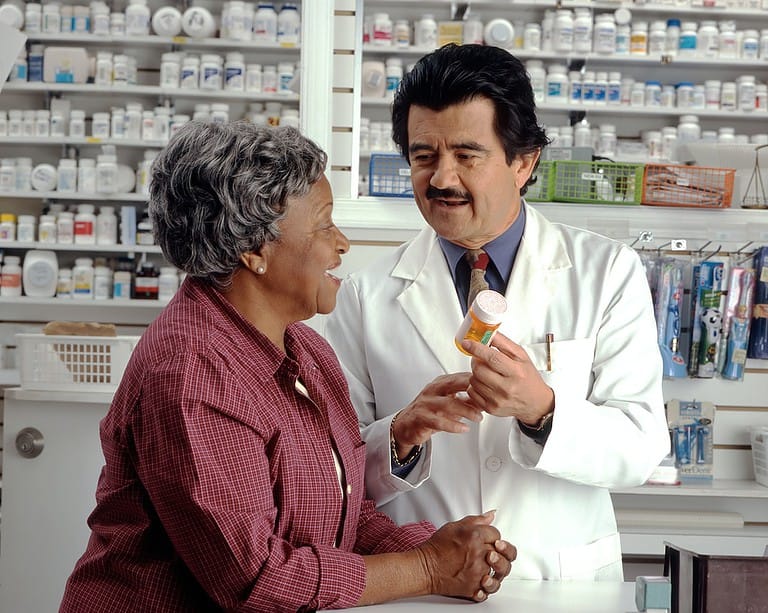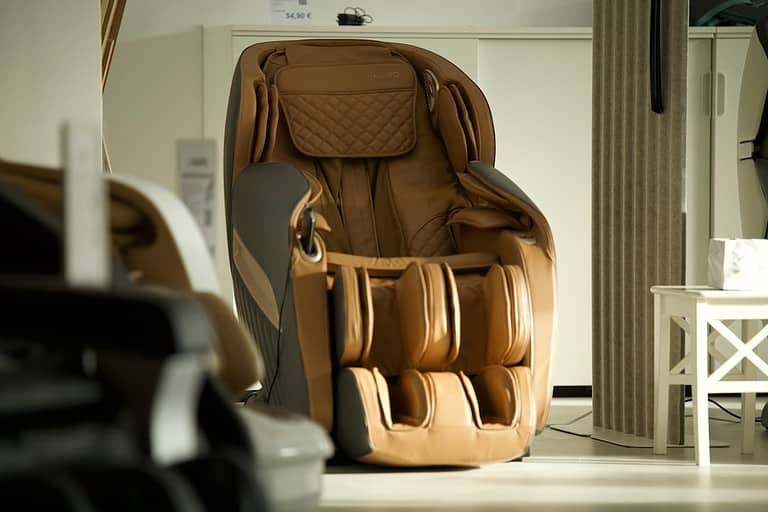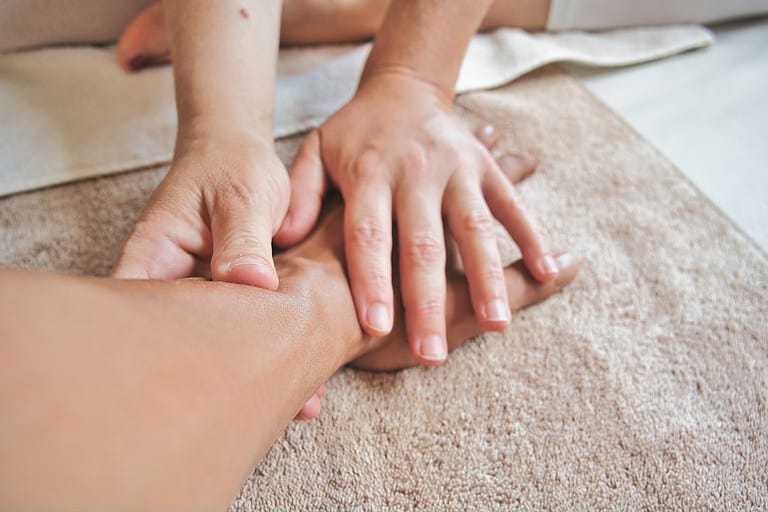When to Initiate Compressive Decongestive Therapy: A Guide
Are you looking for ways to help your family become healthier and more independent? Have you ever wondered when to initiate compressive decongestive therapy with your loved ones? Compressive decongestive therapy is a type of treatment that can be used to improve the health and well-being of individuals who are suffering from various physical conditions.
In this blog post, we’ll discuss what compressive decongestive therapy is, who it’s beneficial for, how to prepare for it, and when to initiate compressive decongestive therapy with your family member or loved one. We hope our guide will provide valuable information about this treatment option so you can make an informed decision on whether or not it’s right for your situation.
Table of Contents
What is Compressive Decongestive Therapy?
CDT is an evidence-based treatment program designed to reduce swelling in areas where fluid has built up due to impaired lymphatic or venous drainage. It involves manual lymphatic drainage techniques (MLD), compression garments/stockings/bandaging, and exercises specific to each individual patient’s needs.
The benefits of compression therapy include reduced pain and discomfort from swollen limbs, improved mobility, decreased risk for infection, improved quality of life by allowing patients to return to activities they enjoy, better management of symptoms associated with chronic illnesses like diabetes or heart failure, increased self-confidence due to improved appearance caused by reducing limb size, faster recovery times after surgery or injury and prevention or reduction in scarring from wounds.
Who Can Benefit from Compressive Decongestive Therapy?
Conditions That May Benefit from CDT
Lymphedema is the most common condition that benefits from CDT. This includes both primary and secondary forms of the disease as well as chronic edemas due to various causes such as surgery or injury.
Venous insufficiency, a condition in which veins are unable to adequately pump blood back to the heart, can also benefit from this form of treatment. Additionally, certain skin conditions such as psoriasis and eczema may respond positively to CDT treatments.
Who Should Not Receive CDT
People who have active infections should not receive this form of therapy until their infection has been cleared up completely by medical professionals. Those who suffer from deep vein thrombosis (DVT), uncontrolled diabetes mellitus, or peripheral vascular diseases should avoid using this method unless otherwise advised by their doctor or healthcare provider first.
In rare cases, more serious complications could occur including cellulitis (skin infection), so it is important that patients follow all instructions given by their therapist carefully while undergoing these treatments if they want the best results without any major issues arising afterward.
How to Prepare for Compressive Decongestive Therapy?
Pre-treatment Instructions for CDT Patients
Before beginning a Compressive Decongestive Therapy (CDT) session, there are some important steps to take in order to ensure the best possible outcome. First, it is important to discuss any medications you may be taking with your doctor or therapist as certain drugs can interfere with the effectiveness of CDT.
It is also essential that you wear loose-fitting clothing and remove all jewelry prior to treatment. Additionally, it is recommended that patients avoid eating a heavy meal before their appointment as this can cause discomfort during treatment.
What to Expect During a CDT Session
During each session of Compressive Decongestive Therapy (CDT), your therapist will assess the area being treated and determine which techniques should be used for optimal results. These techniques may include manual lymphatic drainage massage, bandaging, skin care advice, and exercises designed specifically for you.
After completing a Compressive Decongestive Therapy (CDT) session, there are several things patients should do in order to maintain their progress and ensure long-term success from treatment. It is important not only to follow any instructions given by your therapist but also to practice self-care such as getting adequate rest and staying hydrated throughout the day.
Additionally, wearing compression garments or stockings when appropriate can help reduce swelling between sessions while continuing regular exercise helps keep muscles strong and flexible over time.

(Source)
Where to Find a Professional for Compressive Decongestive Therapy?
When looking for a qualified therapist to provide Compressive Decongestive Therapy (CDT) treatments, it is important to research the credentials of any potential provider. Look for therapists who have been certified in CDT and are experienced in providing this type of therapy.
Ask about their qualifications and experience with treating patients with similar conditions as yours. Make sure they understand your specific needs and can provide you with the best possible care. It is also important to ask about the types of treatment available at each facility or clinic that offers CDT services.
FAQs in Relation to When to Initiate Compressive Decongestive Therapy
What is the intensive phase of complete decongestive therapy?
Complete Decongestive Therapy (CDT) is a comprehensive treatment program for lymphedema, an accumulation of fluid in the body’s tissues. CDT consists of four components: Manual Lymphatic Drainage (MLD), Compression Bandaging, Exercise, and Skin Care. MLD is a gentle massage technique that helps to move lymphatic fluid out of swollen areas.
Compression bandaging applies pressure to reduce swelling and improve circulation. Exercise promotes healthy lymph flow throughout the body while skin care prevents infection and keeps skin healthy.
What is the gold standard for lymphedema treatment?
The gold standard for lymphedema treatment is a combination of manual lymphatic drainage (MLD), compression bandaging, and exercise. MLD is a gentle massage technique that helps to move fluid away from the affected area.
Wearing compression garments applies pressure to the limb in order to reduce swelling and improve circulation. Exercise can help with muscle strength, flexibility, and range of motion which are all important components of managing lymphedema.
Conclusion
Compressive decongestive therapy is a powerful tool for modern families looking to improve their health and independence. With the right preparation, professional guidance, and knowledge of what it can do for you, and when to initiate compressive decongestive therapy.
Are you or a loved one suffering from lymphedema? Compressive Decongestive Therapy (CDT) can help.
Smart Living Now provides the necessary resources to help modern families understand when it’s time to initiate compressive decongestive therapy for their health needs. Don’t wait until your symptoms become worse – start living smarter now with our easy-to-use tools!







